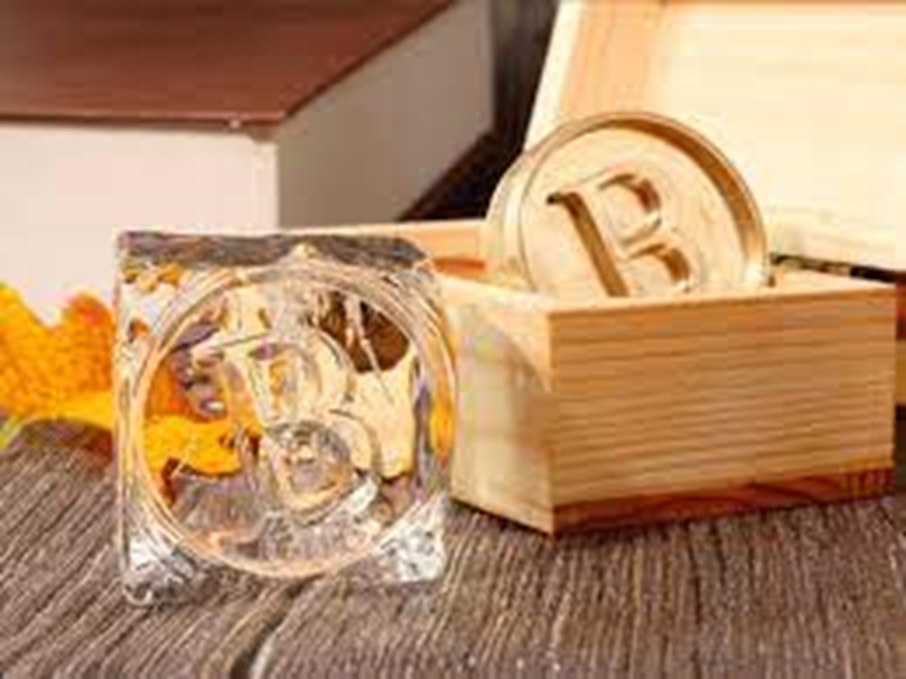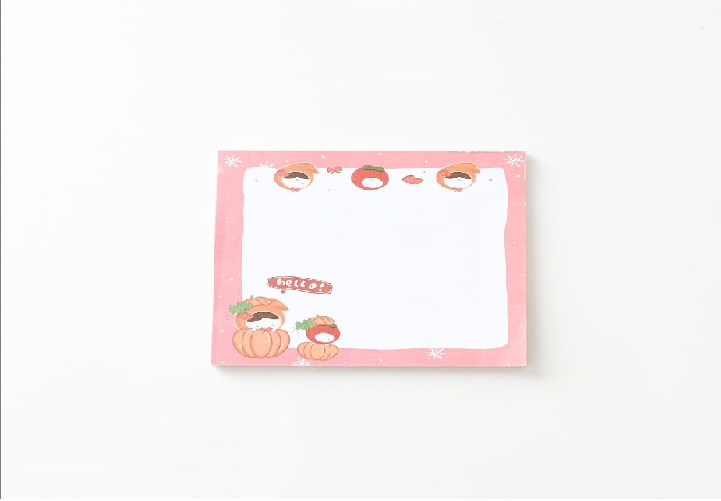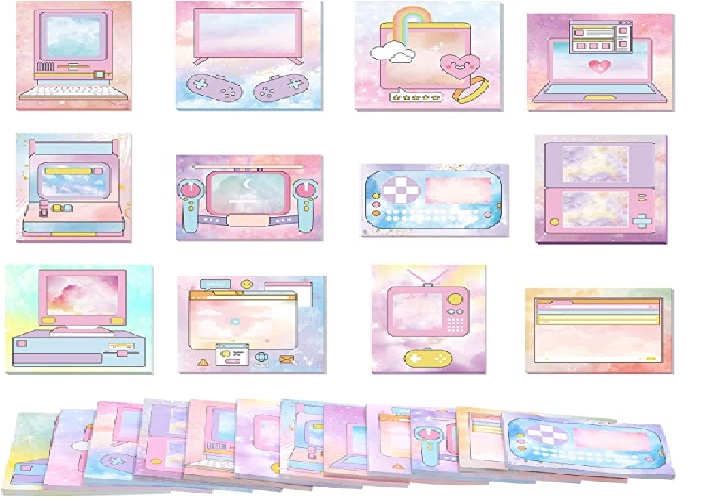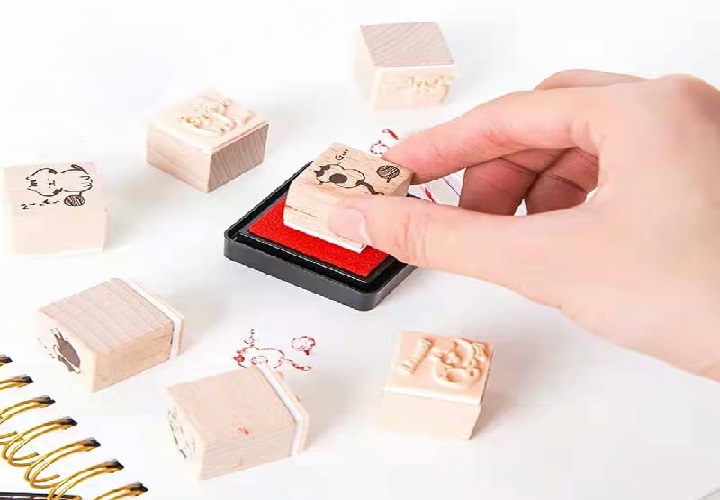One multipurpose and well-liked tool is washi tape. The washi tape manufacturer has grabbed center stage in creative crafts and DIY projects. Due to this decorative adhesive tape’s colors, patterns, and textures, commonplace objects can be easily transformed into pieces of art. Have you ever wondered how these colorful rolls of tape end up in our hands after such a complicated process? This article will explain the intricate manufacturing process for washi tape as well as its fascinating history in this post.
- Origins and Materials
The origins of washi tape may be found in Japan, where the product was first created using “washi,” a traditional Japanese paper. This paper is renowned for its sturdiness and distinctive texture and is made from plant fibers, including bamboo, hemp, rice, or the gampi tree. These natural fibers are painstakingly pulped during manufacturing, creating a robust and adaptable base material for the tape.
- Adhesive Formulation
Finding the ideal adhesive equilibrium is vital in the production of washi tape. The adhesive must be powerful enough to stick to various surfaces while being delicate enough to be moved without causing harm. Manufacturers frequently conduct significant research to create adhesives that attach effectively, offer durability, and are simple to remove.
- Printing and Design
Using cutting-edge printing techniques, washi tape’s colorful patterns and detailed designs are created. Manufacturers use flexographic or digital printing techniques to imprint various designs on washi paper. To guarantee that the designs are correctly aligned on the tape and result in an attractive final product, this phase calls for accuracy.
- Cutting and Sizing
After the designs are printed onto the washi tape manufacturer, the next step involves cutting the paper into the desired widths and lengths. This is done using precision cutting machinery, ensuring that each roll of tape is uniform and consistent.
- Rolling and Packaging
Once the washi paper is cut, it’s time for the final stages of production. The paper is carefully rolled onto a core, forming the familiar tape rolls we purchase. Manufacturers ensure the tape is evenly wound and devoid of wrinkles or creases. After rolling, the washi tape is packaged with care, often in protective plastic or cardboard, to maintain its quality and prevent damage during transportation.
- Quality Control
Throughout the manufacturing process, stringent quality control measures are in place to ensure that the washi tape manufacturer meets the highest standards. These measures involve visual inspections for defects, checking adhesive strength, and assessing the overall quality of the print and finish.
ConclusionWashi tape manufacturer, with its rich history and intricate production process, has become an essential tool in the world of crafting and creativity. From its origins in Japanese paper-making traditions to the modern manufacturing techniques that produce the diverse range of designs we see today, each roll of washi tape represents a harmonious blend of art and technology. As crafters and enthusiasts continue to find new and innovative ways to utilize this versatile tape, the manufacturing process remains a testament to the marriage of tradition and innovation in the crafting world. So, the next time you reach for that roll of washi tape to add a pop of color to your project, remember the craftsmanship and care that went into creating it.






